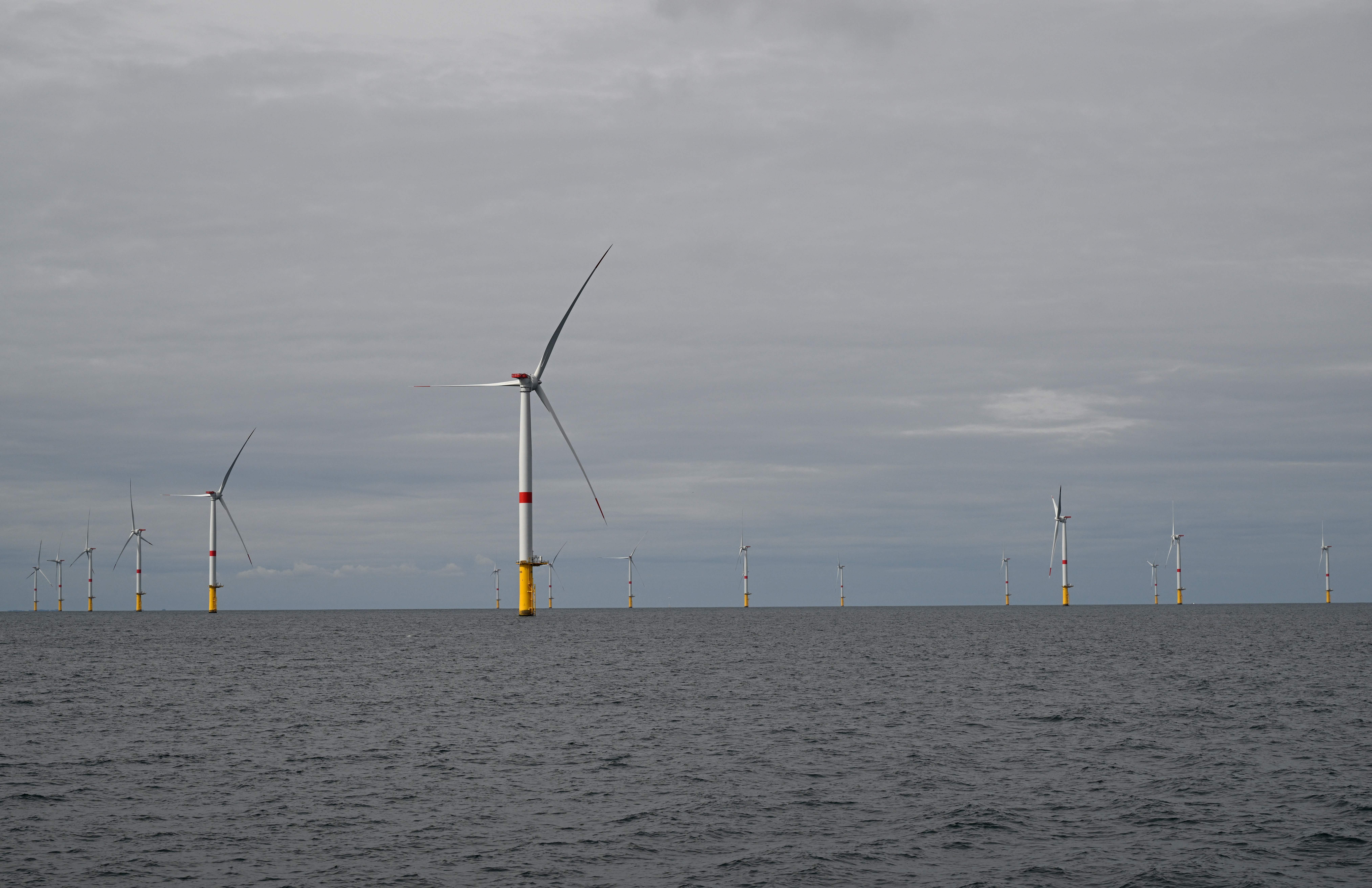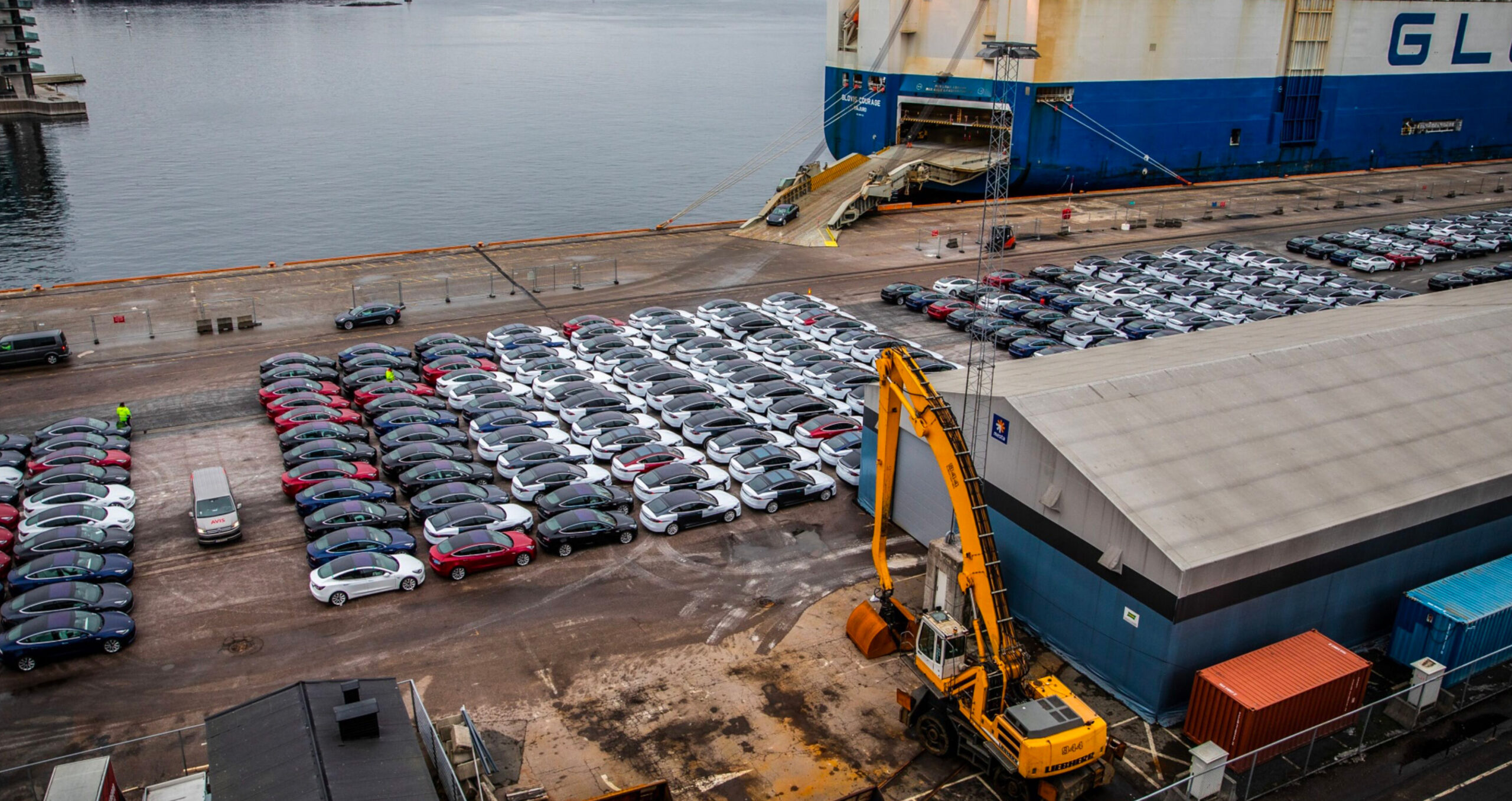

A new report has found that renewables were able to meet all global electricity demand growth in the first half of the year. However, more needs to be done to reduce dependence on fossil fuels.
Renewable energy sources were able to cover the growth in global electricity demand in the first half of 2022, according to a new report by think-tank Ember. Demand rose by three per cent in the first half of the year compared with the same period last year.
In the midst of an energy crisis, much of the focus for governments has been on securing access to fossil fuels. However, Ember’s report reveals that it was actually renewables that stepped up to meet the growth in demand for electricity. Global renewables generation increased by 416 TWh in the first half of 2022, slightly exceeding the growth in global electricity demand of 389 TWh.
Wind and solar energy were the biggest contributors, meeting 77 per cent of this demand, with hydro covering the remaining 23 per cent. In total, renewables generated 28 per cent of global electricity in the first half of 2022 (3,802 TWh), up from 26 per cent (3,387 TWh) in the same period last year.
The rise in renewables slowed the growth of the fossil fuel sector – because renewables met all the demand growth for electricity, fossil fuel generation was almost unchanged. Coal generation decreased by one per cent and gas by 0.05 per cent, but these were offset by a slight rise in oil.
Malgorzata Wiatros-Motyka, senior electricity analyst at Ember, says: “Wind and solar are proving themselves during the energy crisis. The first step to ending the grip of expensive and polluting fossil fuels is to build enough clean power to meet the world’s growing appetite for electricity.”
Dave Jones, global programme lead at Ember, says: “During previous energy crises, there was never an alternative mature enough to be considered. But we can show that renewables are already proving themselves, meeting all the increase in global electricity demand, which is reducing fuel bills, increasing energy security and reducing CO2 emissions.”
Change of gear?
James Alexander, chief executive at the UK Sustainable Investment and Finance Association, says he was surprised by the findings of the Ember report because there was an enormous increase in coal generation last year. A report by BloombergNEF uncovered an 8.5 per cent increase in global coal generation in 2021 compared with the prior year.
The UK appears to continue its reliance on fossil fuels. Earlier this week, the National Grid warned it may suffer this winter if there is not enough gas, and several coal stations have been put on standby as a contingency plan. It was also announced last week that the UK’s North Sea Transition Authority has confirmed a new licensing round for oil and gas.
“To see renewables coming onstream more this year is really, really positive, but the other half of the story is that we still have an enormous amount of work to do to get coal and gas out of the electricity generation system,” says Alexander.
An area the UK government has not paid enough attention to, according to Alexander, is finding ways to use less energy. He says the UK has among the worst building stock, of both housing and commercial buildings, in all of Europe, so creating a retrofitting industry that will rapidly improve the energy performance of buildings across the country should be top priority. “It baffles me that energy efficiency is not being looked at as one the key policy drivers for the government in this energy security question that we face right now,” he says.
Need for better policy
Alexander says it is frustrating as the private sector has a lot of money available to help push the energy efficiency sector to move forward, “but we don’t have the stable policy and regulatory frameworks in place to give us the confidence to invest. What we need from the government is not money or subsidies, but a regulatory framework to allow us to confidently invest to kickstart these industries”.
He adds that there have been a lot of false starts for energy efficiency policies. “We have had the green deal and other packages that have been withdrawn nearly as quickly as they had been created. That has led the market to say: unless we have some policy certainty, we’re not going to go in these areas.”
Oscar Warwick Thompson, head of policy and communications at UKSIF, adds that governments should be having open dialogues with the industry and investors. He says bringing together corporate investors, regulators and policymakers will help with creating a long-term plan. This happened for offshore wind, in the Offshore Wind Sector Deal, which lead the UK to report the second largest offshore wind capacity behind China.
Highlighting the fact that wind and solar are meeting most of the increase in renewables and already generating a tenth of global electricity last year, Ember’s Jones says the policy focus must be on how to further increase this. “In so many countries, there is already good ambition to build more wind and solar, but, so often, it’s not being translated into reality. Setting ambitious targets is not enough,” he says.
According to Jones, governments need to “get their hands dirty with the implementation”. This can be through a number of activities such as ensuring planning regulations are set up in the right way, auctions and contracts for difference (through which the government supports low-carbon energy production) are fit for purpose, that it is easy to connect the wind or solar farm to the national grid, and making sure flexibility within the grid is improved to accommodate increasing penetrations of wind and solar in the electricity mix.
“Whether they like it or not, [governments] are the gatekeeper to a lot of these problems, and they need to step up to solve them,” he says, offering the example of a country that has focused on implementation: “China’s approach is a valuable lesson: rather than set top-down future targets, they spent their energies to build, build, and build.”
Beyond wind and solar
Wind and solar energy are now consistently some of the cheapest forms of energy, and “will help in the transition to a greener, cheaper energy system for all,” says Matt Setchell, the co-head of Octopus Energy Generation’s fund management team, the renewable generation arm of Octopus Energy Group.
There is significant untapped potential for solar and wind energy to bring about more energy independence for countries while helping to lower energy bills, he says. Octopus has been ramping up its investments across Europe in solar farms, onshore wind farms and offshore wind farms, as well as developing floating offshore wind energy to harness strong winds far out to sea.
Alexander notes that solar and wind are the most established renewable energy sources and “financiers are very comfortable with them from a technology and lifetime perspective”. However, he says more needs to be done to develop other alternatives such as tidal energy, which is extremely reliable.
“We have to develop new technologies,” he says, adding that the government will need to play a big role in this. He adds that research and development is vitally important, and that the government has a key role to play in encouraging the private sector to invest in the testing of new technologies.
Similar Articles

Banks under pressure to reveal data comparing green and fossil fuel spending

With better planning and investment, EV uptake could offer storage and grid flexibility


